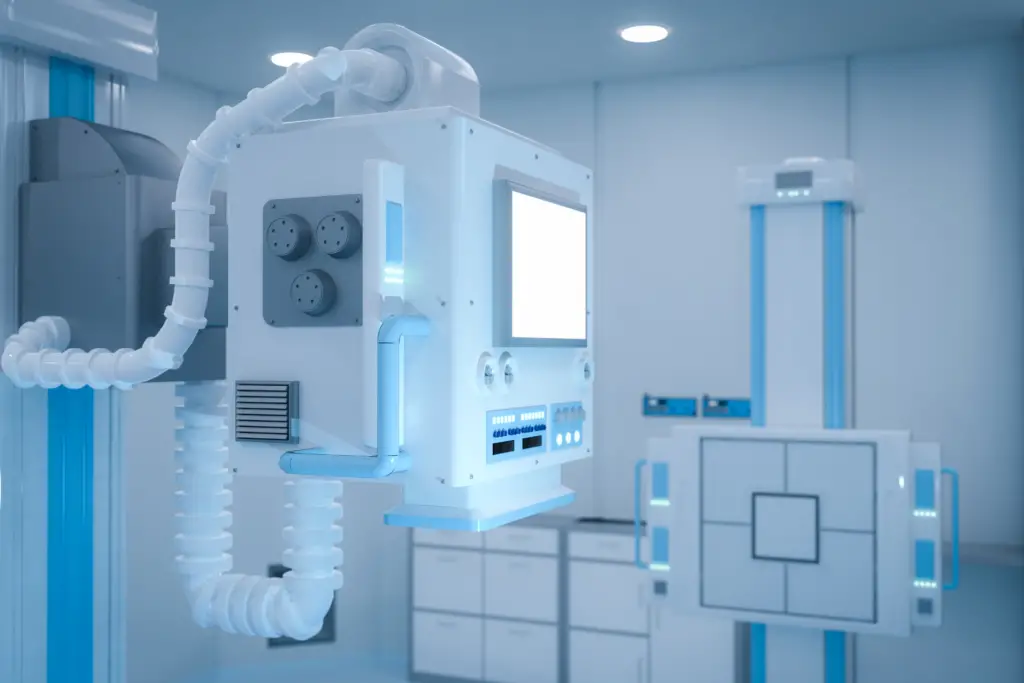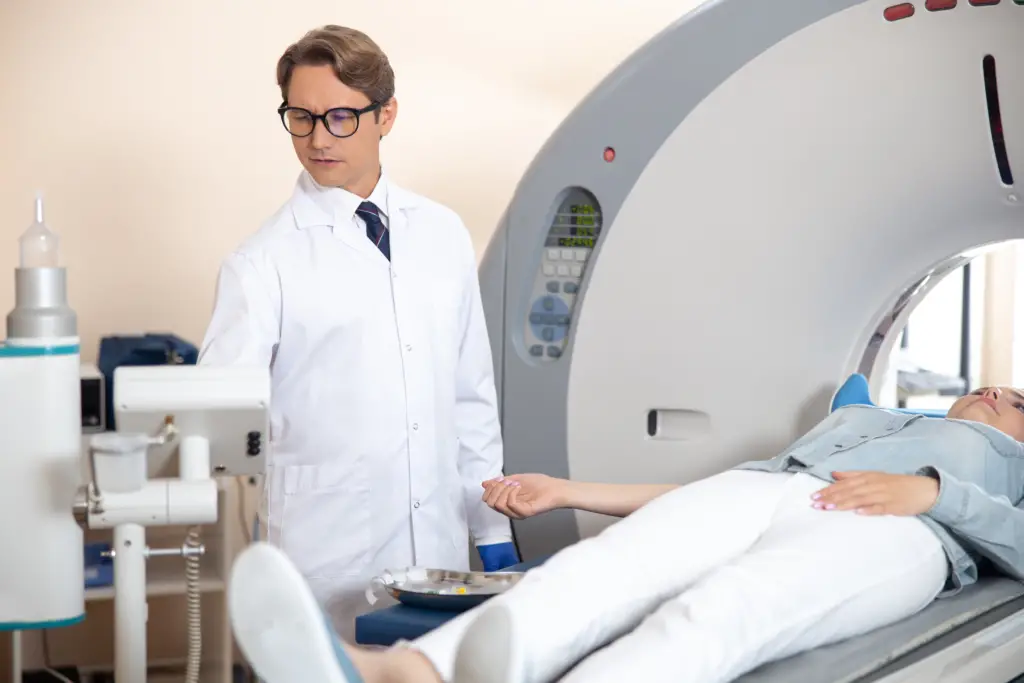Radiologic technologists are on the frontlines of a rapidly changing landscape shaped by technological innovation.
So, what are the latest advancements in radiologic technologists, and how can you adopt them in your career path?
This comprehensive guide provides insights and actionable strategies to help you navigate this evolving terrain and thrive in your profession.
What are the latest advancements for the radiologic technologist, and how can I implement them in my career?
The field of radiologic technologists has witnessed significant changes in recent years. These advancements are not merely about keeping up with the times; they’re about enhancing patient care, increasing diagnostic accuracy, and boosting your career prospects.
Let’s delve into how these advancements are redefining the role of the radiologic technologist.
Artificial Intelligence: A New Ally for the Radiologic Technologist
Artificial Intelligence (AI) has significantly impacted radiology, showing great promise to augment the work of radiologic technologists and improve patient outcomes.
AI-Assisted Image Interpretation
AI algorithms are incredibly adept at analyzing complex data – an ability that can be harnessed to interpret radiological images. Integrating AI applications into your workflow can enhance your diagnostic capabilities and efficiency.
Predictive Analytics: The Future of Patient Care
The rise of AI has also ushered in the era of predictive analytics in radiology. AI can generate predictive insights by processing and analyzing patient data, enabling early intervention and personalized patient care.
The Evolution of Imaging Technology
Imaging techniques, the cornerstone of a radiologic technologist’s work, are undergoing constant innovation. These advancements offer sharper images, greater detail, and revolutionary ways to view the human body’s structures.
3D and 4D Imaging: A New Dimension of Care
3D imaging offers unprecedented detail and depth, enabling more precise diagnoses. Furthermore, technologies like 4D imaging (3D imaging over time) provide a dynamic view of bodily functions, opening up new avenues for diagnosis and treatment.
Hybrid Imaging Techniques: Best of Both Worlds
Hybrid imaging technologies, such as PET/CT and SPECT/CT, combine the strengths of multiple imaging techniques to provide a more comprehensive view of the patient’s condition. Incorporating these technologies into your practice expands your diagnostic capabilities and makes you a more versatile technologist.
Patient Management Systems: Streamlining Workflow
New systems are revolutionizing patient management and enhancing patient scheduling, record-keeping, and interaction. These tools can significantly improve your workflow and patient communication.
Automated Scheduling Systems
Automated scheduling systems simplify appointment management, reducing errors and overbooking. Integrating such a system into your workflow can improve patient satisfaction and increase operational efficiency.
Electronic Health Records (EHRs)
EHRs provide a unified view of patient history, enabling a more personalized and informed approach to patient care. Becoming proficient with EHR systems can add a significant skill to your professional toolkit.
Advancements in Radiologic Safety Measures
Patient and staff safety remains a key concern in radiology. The latest advancements aim to minimize radiation exposure and enhance safety protocols.
Low-Dose Radiation Techniques
Emerging techniques aim to reduce radiation exposure while maintaining image quality. Becoming proficient in these techniques shows your commitment to patient safety and care.
Radiation Safety Protocols and Training
Updated safety protocols and comprehensive training programs ensure the safe use of radiologic technology. Incorporating these protocols into your practice can instil confidence in your patients and create a safety culture.

Your FAQs Answered
How can AI aid a radiologic technologist?
AI can assist in image interpretation, enable predictive analytics, and streamline workflows.
What is the role of 3D and 4D imaging in radiology?
3D and 4D imaging offer greater depth, detail, and dynamic views of bodily structures, leading to more precise diagnoses and treatment planning.
How can automated scheduling systems and EHRs improve my workflow?
These systems simplify appointment management, provide a unified view of patient history, and enhance communication with patients and other healthcare providers.
How can I minimize radiation exposure in my practice?
You can significantly reduce radiation exposure by implementing low-dose radiation techniques and adhering to updated safety protocols.
How can I stay updated on the latest advancements for radiologic technologists?
Engage in professional development programs, attend industry conferences, and stay active in professional networks to stay informed.

Conclusion
The latest advancements in the world of radiologic technologists present vast opportunities to refine patient care, enhance diagnostic capabilities, and expand career prospects.
Embracing these technologies might seem challenging, but the potential rewards are undeniable. Adapt, innovate, and watch your career soar in this exciting new era of radiology.

